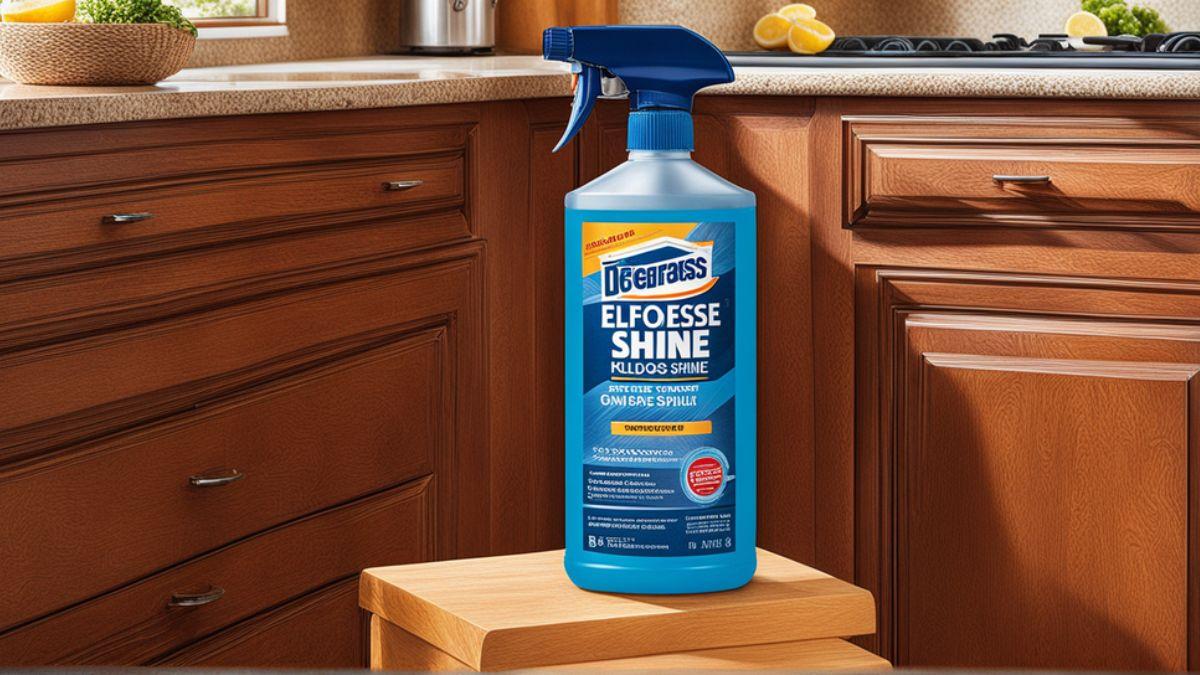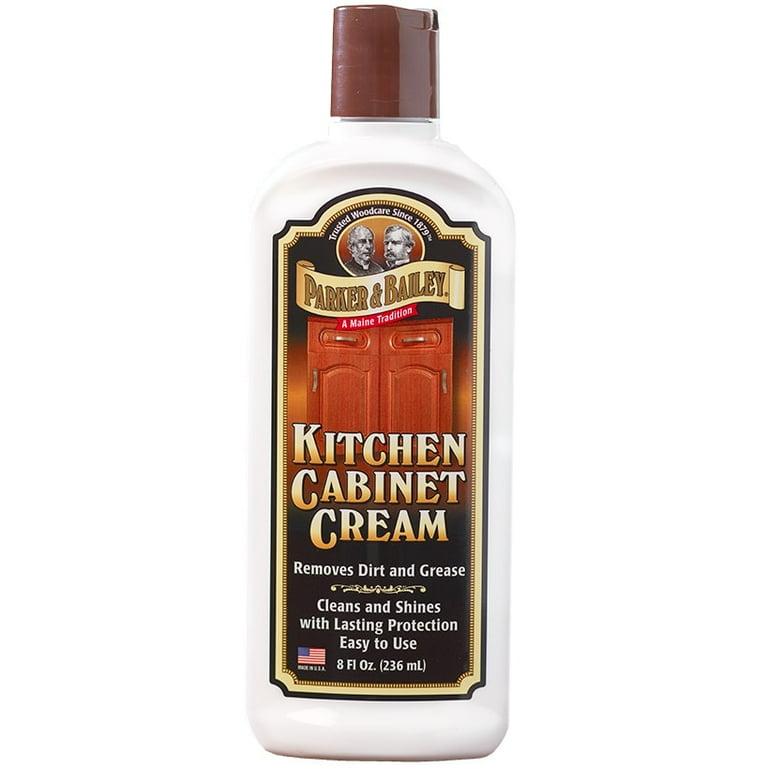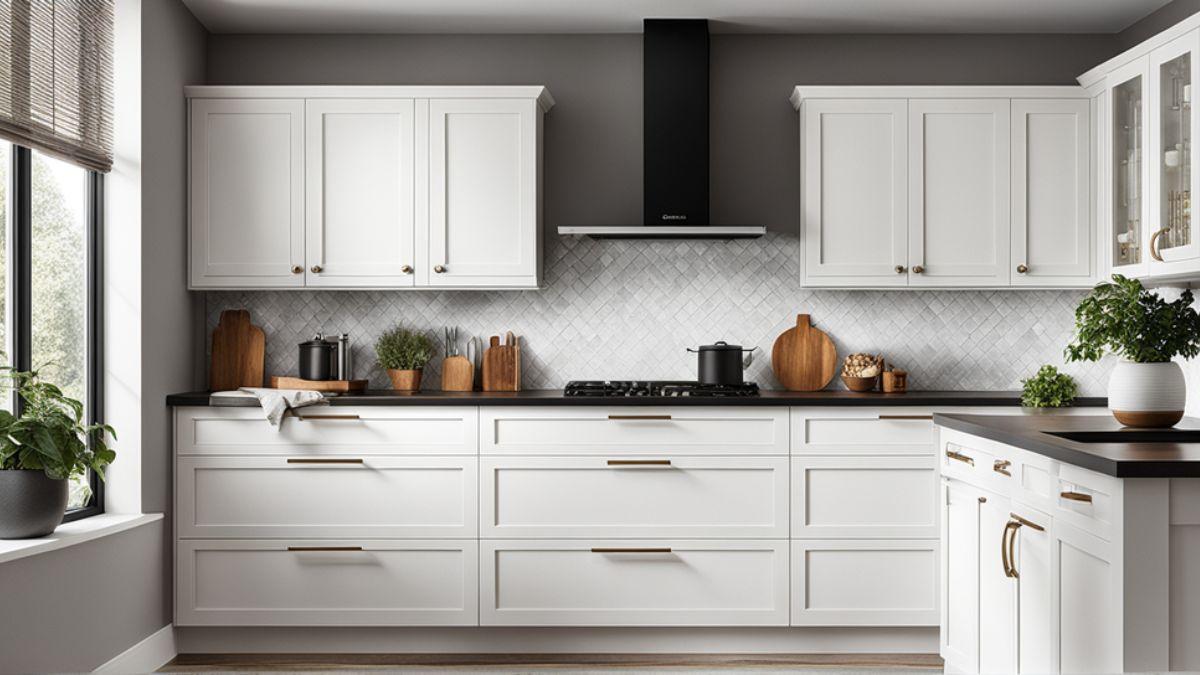
We may earn money or products from the companies mentioned in this post.
When it comes to maintaining a pristine kitchen, keeping your cabinets clean and grease-free is crucial. Over time, the accumulation of cooking vapors, grease, and dust can leave a sticky residue on cabinet surfaces – particularly those located near the stovetop. This not only diminishes the aesthetic appeal of your kitchen but can also compromise the longevity of your cabinets. In this comprehensive guide, we’ll walk you through selecting the perfect degreaser for your kitchen cabinets, the proper techniques for using it, and some helpful tips to maintain their natural luster.
Understanding Kitchen Cabinet Degreasers
A kitchen cabinet degreaser is a cleaning solution designed to cut through tough grease and grime. There’s a plethora of options available on the market, from natural and eco-friendly formulas to potent chemical-based solutions.
Types Of Degreasers
| Type of Degreaser | Characteristics | Best For |
|---|---|---|
| Commercial Chemical Degreaser | Heavy-duty, available in spray, foam, or liquid | Stubborn grease and long-term buildup |
| Natural Degreaser | Eco-friendly, made with ingredients like vinegar or citrus oil | Safe for families and people with sensitivities |
| Homemade Degreaser | DIY solution, often a mix of baking soda, vinegar, etc. | Cost-effective and customizable cleaning |
To choose the right degreaser, consider the type of finish on your cabinets, the severity of the grease buildup, and your personal preferences regarding chemicals and fragrance.
How to Select the Right Degreaser for Your Kitchen Cabinets
When you’re selecting a degreaser, it’s essential to keep the following points in mind:
- Cabinet Finish: Ensure that the degreaser is suitable for your cabinet’s finish whether it’s wood, laminate, or painted.
- Ingredients: Look for a degreaser that effectively cuts through grease without causing harm to your cabinets or your health.
- Application Method: Consider whether you prefer a spray, wipes, or a pourable liquid based on ease of use and the size of the area you’re cleaning.

Credit: www.walmart.com
Steps for Using a Degreaser on Your Kitchen Cabinets
Once you have chosen your degreaser, follow these steps for optimal results:
- Preparation: Remove items from your cabinets and clear the countertops. Wear gloves to protect your skin.
- Test: Always test the degreaser on an inconspicuous area of your cabinet to ensure it doesn’t damage the finish.
- Application: Apply the degreaser according to the manufacturer’s instructions, being careful not to use too much product.
- Cleaning: Wipe the cabinets with a soft cloth or sponge. For tougher stains, you may need to let the degreaser sit or use a soft-bristled brush.
- Rinsing: After cleaning, wipe the cabinets with a damp cloth to remove any residual cleaner.
- Drying: Use a dry, soft towel to dry the cabinets completely to prevent moisture damage.

Credit: www.amazon.com
Maintaining Clean Kitchen Cabinets
To keep your cabinets looking their best, follow these maintenance tips:
- Regular Cleaning: Wipe down your cabinets with a damp cloth regularly to prevent buildup.
- Immediate Attention to Spills: Clean up grease and spills immediately to avoid hard-to-remove stains later.
- Periodic Deep Cleaning: Schedule a time for a more thorough cleaning once every few months.
- Protective Products: Use cabinet polishes or protective products that are designed for your specific cabinet finish.
Frequently Asked Questions On Degreaser For Kitchen Cabinets: Effortless Shine!
What Is Kitchen Cabinet Degreaser?
How Often Should Cabinets Be Degreased?
Can Vinegar Degrease Cabinets?
What’s The Best Commercial Kitchen Degreaser?
Conclusion
Cleaning your kitchen cabinets doesn’t have to be a daunting task. With the right degreaser and a bit of elbow grease, you can keep them looking like new. By selecting a product that’s safe for your cabinet’s finish and using it correctly, you can extend the life of your cabinets and enjoy a cleaner, more inviting kitchen. Remember, consistent maintenance is key to preventing grease buildup and ensuring that your kitchen remains a beautiful focal point in your home.






